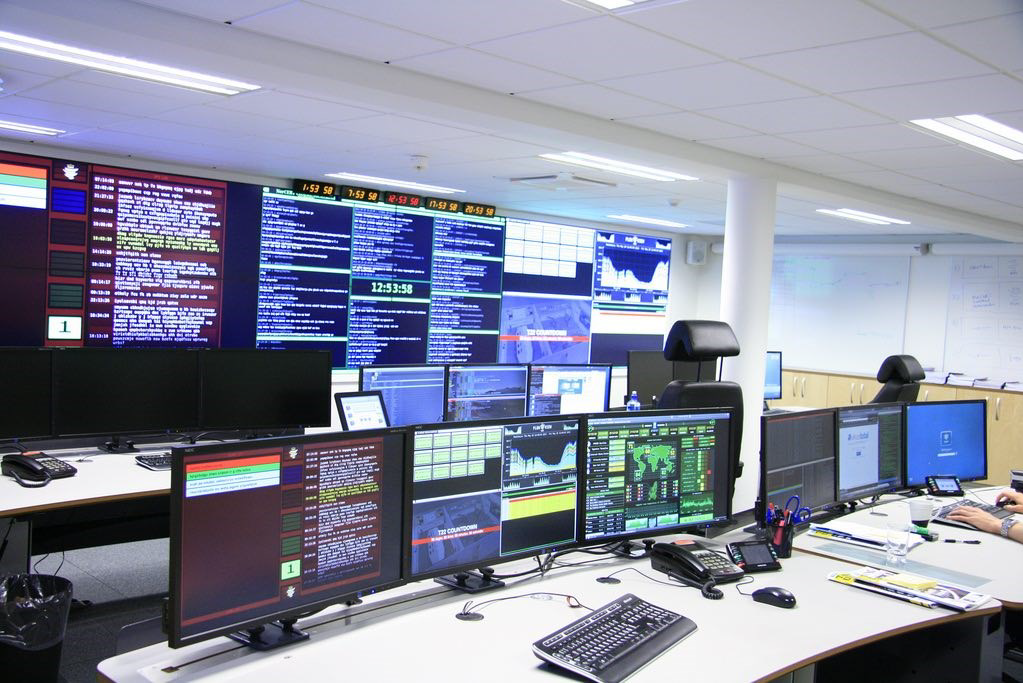In an era where digital technologies permeate every aspect of society and the economy, cybersecurity has emerged as a critical concern. The proliferation of cyber threats poses significant risks to organizations, jeopardizing not only their digital infrastructure but also their long-term objectives and fundamental freedoms. As these threats become increasingly sophisticated and diverse, the need for robust cybersecurity measures has never been more pressing.
According to the latest ENISA Threat Landscape 2023 Report, in the latter part of 2022 and the first half of 2023, the cybersecurity landscape witnessed a significant increase in both the variety and quantity of cyberattacks and their consequences. Hacktivism has expanded with the emergence of new groups, while ransomware incidents surged in the first half of 2023 and showed no signs of slowing down.
Preparedness, situational awareness, and timely incident response are essential, not just to cybersecurity resilience and risk management, but also to the cybersecurity of EU’s digital infrastructures and services. This is where Security Operations Centers (SOCs) come into play, offering a vital line of defense against cyber threats.
What is a SOC?
A SOC is a dedicated facility equipped with the necessary tools, technologies, and human expertise to proactively monitor and defend against cyber threats. It serves as a command center where cybersecurity analysts work tirelessly to identify and mitigate potential security incidents before they can cause significant harm to the organization.
In other words, SOCs represent the nerve center of an organization’s cybersecurity operations, serving as a centralized hub for monitoring, detecting, analyzing, and responding to cyber threats in real-time. By leveraging advanced technologies and expert cybersecurity personnel, SOCs play a pivotal role in safeguarding organizations against a wide range of cyber attacks, from malware and phishing attempts to sophisticated cyber espionage campaigns.
In a typical SOC setup, as shown in the image below, the SOC analysts often work with multiple monitors to view various security tools, dashboards, and logs simultaneously, enabling them to monitor network traffic, alerts, and system activity efficiently.

How SYMBIOTIK can help build better SOCs
SOCs are a paradigmatic case of time sensitive, multi-tasking work environments, where interruptions and distractions are frequent, and of various forms like multiple screens and large video walls, heterogeneous data streams (e. g., real time monitoring feeds, vulnerability updates) and associated warning alerts (e. g., critical notifications). In addition, the staff, must quickly correlate, analyze and respond (often in a coordinated manner) to various suspicious activities.
Due to the enormous volume and velocity of alerts cybersecurity analysts face what is referred to as threat/security alert fatigue and alert anxiety [1] which leads to human errors (e. g., missing important alerts in the noise) but can also result in significant burnout mental health issues. The investigative burden can be eased, and the alert fatigue lessened, if orchestration between alerts is improved, and if adequate contextual information is provided.
SYMBIOTIK can leverage its AI driven awareness framework for creating Beyond State of the Art Security Operations Centres that can better support organisations in understanding the threat landscape, minimise blind spots in their defence posture (while reducing noise alert fatigue), simplify detection and response to cyber incidents, and, ultimately, inform their risk management processes and overall risk strategy.
The integration of SYMBIOTIK’s adaptation, learning evolution mechanisms will allow the continuous assessment of the implemented Information Visualisation (InfoVis) and their continuous improvement, enabling analysts to focus their attention on the most critical threats.
In conclusion, SOCs represent a cornerstone of modern cybersecurity operations, playing a vital role in protecting organizations against cyber threats. By harnessing the power of advanced technologies like SYMBIOTIK, organizations can strengthen their SOC capabilities, enhance their cyber resilience, and stay one step ahead of cyber adversaries in an ever-evolving threat landscape.
References
- K. Aoki, H. Kimura, S. Kobayashi. Distributed reinforcement learning using bi-directional decision making for multi-criteria control of multi-stage flow systems. Proc. IAS, 2004.
